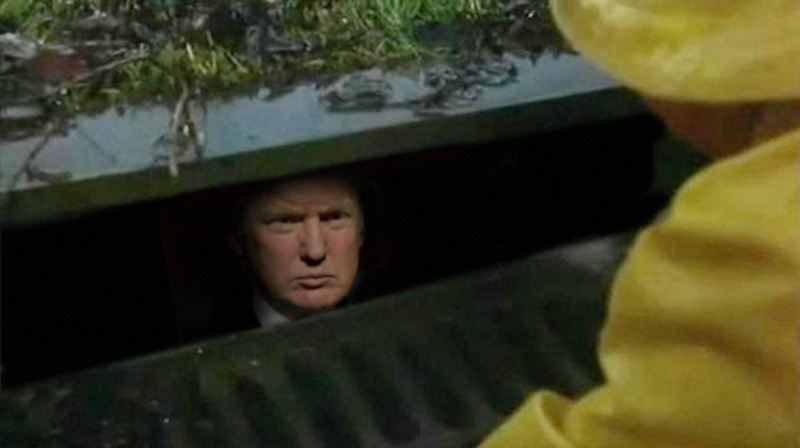
To quote the famous Carl Sagan, “we are star stuff,” and that we are – not that I am in any position to confirm any of what this great man stated during his lifetime, but to acknowledge this fact is to understand that life can be attributed to the existence of stars.
Our lives here on Earth are so tied to the Sun that the maximum time we can live on Earth is until the inevitable supernova death of the Sun which will swallow the earth in an immense heated gulp. Perhaps by that point humans will have discovered a way to inhabit another planet, although by our nature that planet would be well on its way to the same kind of disaster we have inflicted on Earth in the short geologic time that humans have existed.
Humans are the only form of life on Earth that has caused permanent impactions upon the earth. According to nationalgeographic.com, “more than 80 percent of Earth’s surface has been marked by human activity.” We have covered much of the land with pavement, eradicating the habitats of many species in doing this and also through deforestation. Our excessive use of trees and other resources has not only disturbed the other forms of life that share this planet with us; we are also causing our own demise. Resources are limited, and our current consumption rates are only going to grow as population increases if we don’t employ alternatives to our resources (i.e. normalizing the use of battery powered cars to cut down the consumption of gas).
Overpopulation is one of the main aspects of the issue of human overconsumption, and also makes it more costly for people to live. As the amount of people alive grows the amount of demand for products grows, but supply is limited by what resources are available to us by the earth. That means prices will rise and it will cost people more money to purchase just the necessities they need to live. Not to mention how inaccessible freshwater will be, since it makes up only 3% of Earth’s water supply. The extent of human life on Earth is limited by what they can take from the planet, but also by each other.
Hostility among people is predictably more likely when they are overcrowded and in need of scarce resources such as freshwater. As has been observed throughout the history of mankind, conflict results in war much of the time, and war occurs at the expense of human lives.
Of all the possibilities for the future of the human race one thing is for certain: there will come a time when no human can be alive on Earth. The death of the sun is nearly 5 billion years from now, but it seems as though the downfall of humanity may already be underway.


.jpg)







